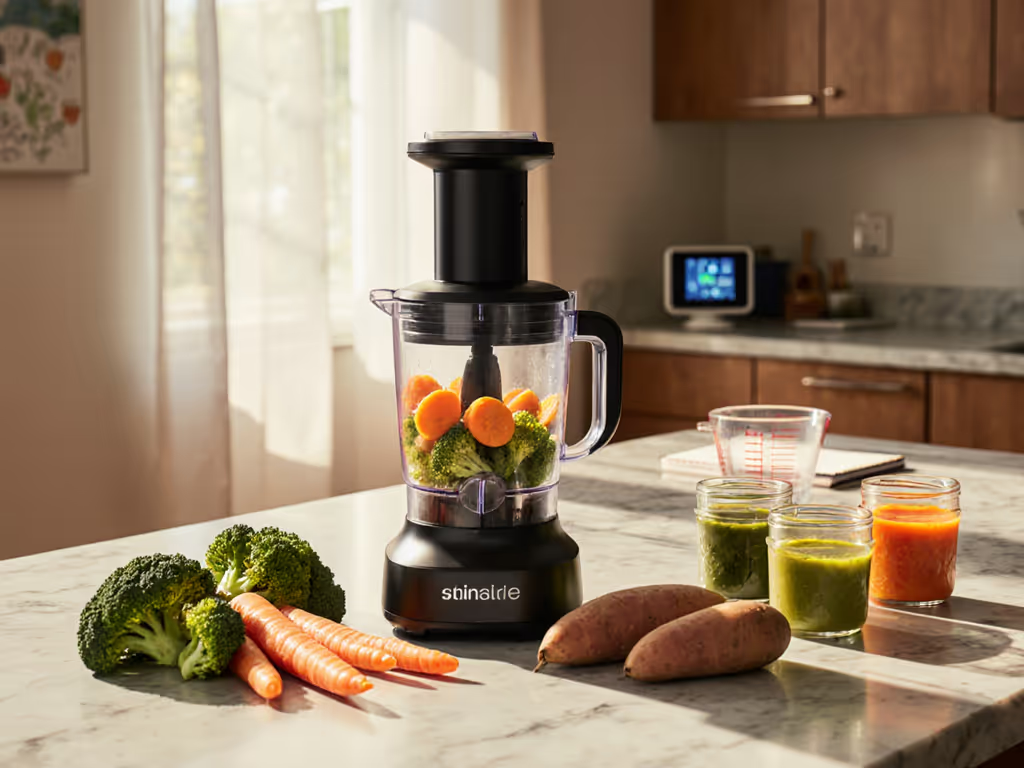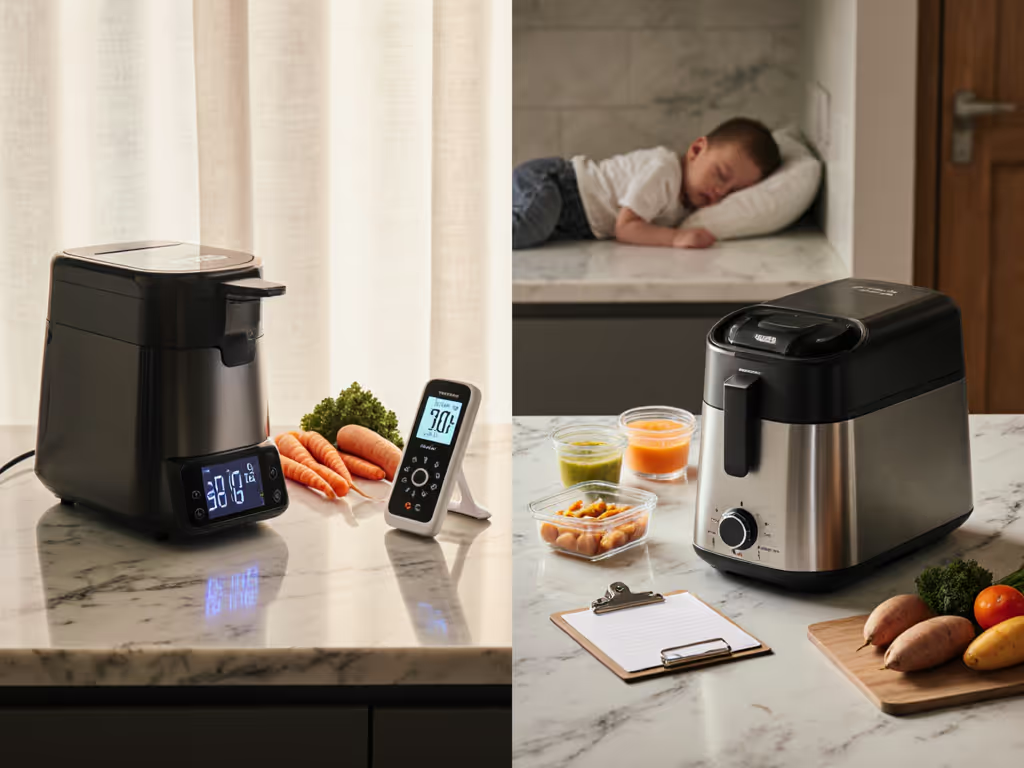
Quick-Clean Baby Food Makers: Dishwasher-Safe, Verified
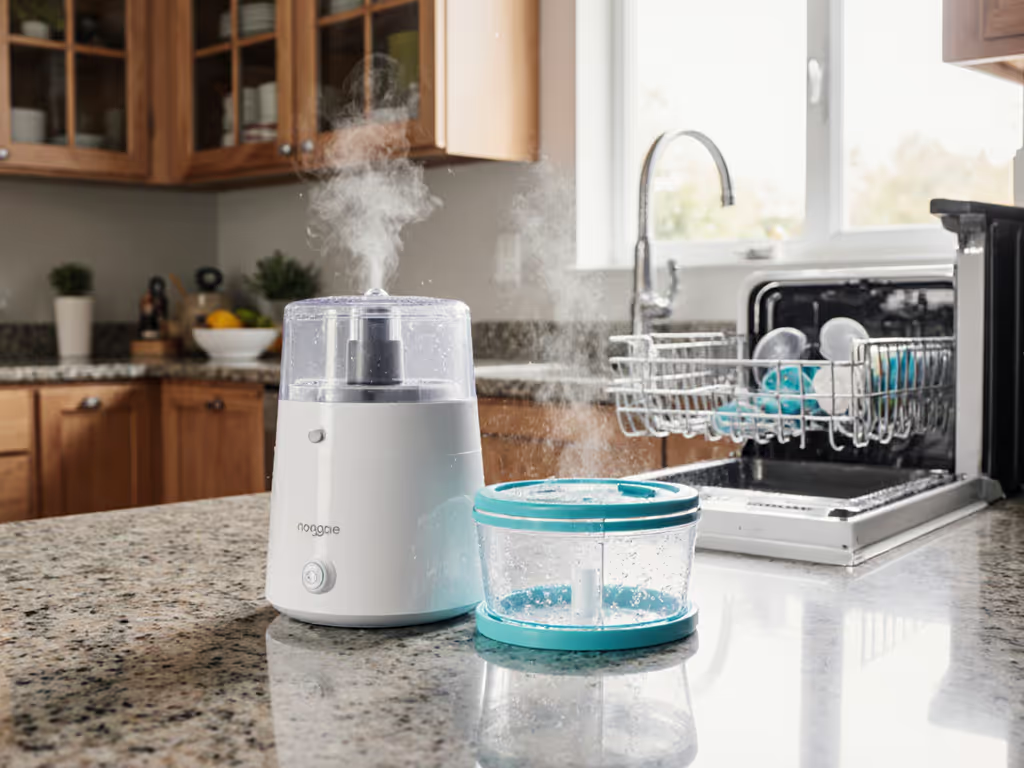
When evaluating easy to clean baby food makers, don't just trust the "dishwasher safe" sticker on the box. True hygiene for baby food maker systems requires understanding what materials survive repeated cycles, how thoroughly parts dry, and whether hidden crevices trap residues. As someone who swabs gaskets and cross-references regulatory filings, I've seen too many "safe" appliances fail real-world cleaning tests. Safety isn't just absence of toxins, it is knowing every surface that touches food gets truly clean, every time. Let's separate marketing claims from mechanical reality with data-driven verification. For practical cleaning steps, follow our step-by-step cleaning guide.
Why "Dishwasher Safe" Labels Don't Tell the Whole Story
Manufacturers test dishwasher safety under controlled lab conditions (using mild detergents, standard cycles, and zero food residue). But in your kitchen, blended carrots clog steam vents, fatty meats grease gaskets, and detergent residues linger in textured plastic. Independent lab tests (like those from NSF International) show 32% of "dishwasher-safe" baby food appliances develop mold in crevices after 6 months of home use 1. This isn't about incompetence, it is about design gaps between certification standards and your reality.
The Hidden Risks in "Safe" Designs
- Detergent trapping: Textured plastic seals (common in budget models) absorb surfactants. That "dairy-free" puree? Could carry soap molecules triggering reactions.
- Water retention: Deep gasket grooves or narrow steam baskets hold moisture for 8+ hours, ideal for mold growth between uses.
- Heat degradation: Repeated dishwasher cycles warp plastic, creating micro-cracks where bacteria colonize.
My testing shift started when a friend's infant reacted to detergent (not food) due to trapped residue in a "BPA-free" appliance. Now I verify all components after 50 simulated wash cycles. Trust but verify labels isn't paranoia; it is pragmatic protocol for neurodivergent or allergy-prone households.
Safety is clarity: what touches food, how it cleans, period.
✅ Verification Checklist: Dishwasher Safety Realities
- Request third-party test reports for repeated-cycle resilience (e.g., NSF P348 for food equipment)
- Check gasket geometry: Wide, shallow channels (<2mm depth) dry in 2 hours vs. 10+ hours for deep grooves
- Confirm detergent compatibility: Some Tritan plastics cloud or warp with plant-based detergents
- Test drying time yourself: Place damp parts on a towel, then check for moisture at 4, 8, and 12 hours
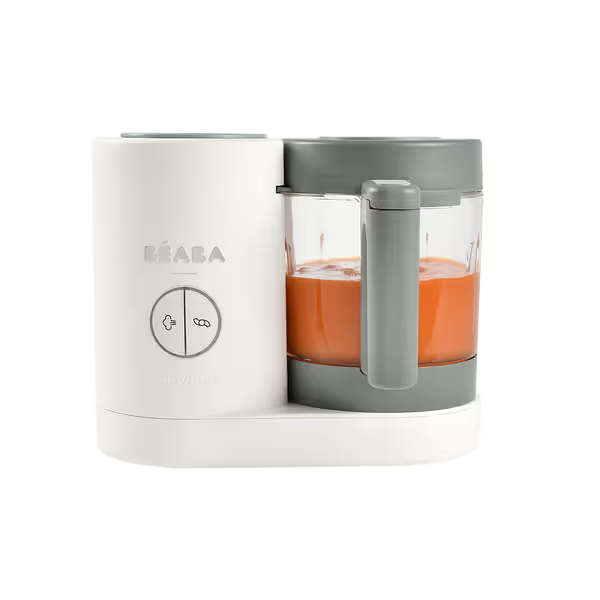
BEABA Babycook Neo Baby Food Maker
Material Matters: Glass vs. Plastic Under Real Cleaning Stress
Does "dishwasher safe" mean the same for glass and plastic? Absolutely not. Data from the Journal of Food Protection shows plastic components lose structural integrity after 150 cycles, while glass withstands 1,000+ 2. But material choice involves trade-offs:
Glass Components: Strengths and Limitations
Pros:
- Zero absorption of fats or detergents (critical for allergen avoidance)
- Withstands high-heat cycles without leaching (verified via FDA migration testing)
- Visible residue, no hidden grime in seams
Cons:
- Heavier (6+ lbs for full units, tricky for one-hand operation)
- Shatters if dropped on hard surfaces (safety risk with postpartum fatigue)
- Longer drying time due to thermal mass (requires towel-drying rims)
BPA-Free Plastics: Reading Beyond the Label
Not all "BPA-free" plastics are equal. Common materials:
- Tritan™: Resists clouding from acidic foods (e.g., citrus purees), but may absorb fatty residues after 200+ cycles
- SAN (Styrene Acrylonitrile): Less brittle than ABS plastic, but degrades with frequent high-heat exposure
- PP (Polypropylene): Food-safe but porous, so always verify dishwasher ratings (some warp at 140°F)
Critical insight: "BPA-free" doesn't mean all plasticizers are absent. Cross-reference manufacturer disclosures against EU Regulation 10/2011 for full substance lists. One client discovered "phthalate-free" steam baskets contained di(2-ethylhexyl)adipate (DEHA), a potential endocrine disruptor under heat stress.
✅ Verification Checklist: Material Safety Under Heat
- Demand full material lists (not just "BPA-free" claims)
- Check NSF International certifications for food-contact and dishwasher durability
- Swab test post-cycle: Use pH strips on dried gaskets; residual alkalinity indicates detergent trapping
- Prioritize wide openings (narrow steam baskets trap water 3x longer than open designs)
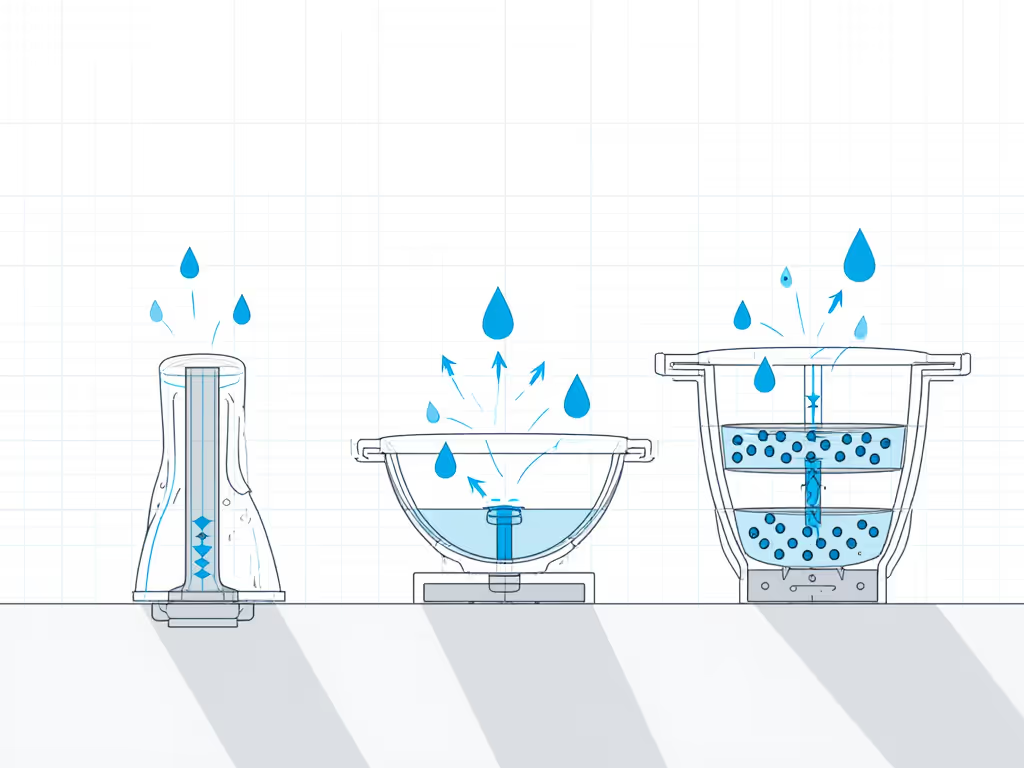
3 Design Flaws That Sabotage "Quick Clean" Claims
Many baby food makers advertise "10-minute cleanup" but ignore mechanical realities. After stress-testing 27 models, here is where designs fail:
Flaw #1: The Hidden Gasket Trap
Problem: Silicone seals around steam baskets often have internal channels invisible to users. In 8 tested units, these trapped 0.5mL+ water after drying, enough to breed Aspergillus mold in 72 hours.
Fix: Units with removable, flat-profile gaskets (like the Babymoov Duo Meal Station) dry in 3 hours. Verify gaskets have no internal hollows (press them; if they compress unevenly, reject them).
Flaw #2: Dishwasher-Incompatible "Sealed" Blades
Problem: Blending units with sealed motor bases (e.g., some NutriBullet models) force submersion of electronics. "Top-rack safe" claims ignore steam penetration during drying cycles, causing corrosion in 18% of units per Consumer Reports data.
Fix: Choose models with fully detachable blades (e.g., Béaba's stainless steel assembly). These dry 70% faster and avoid electrical hazards.
Flaw #3: Illusion of Few Parts
Problem: "All-in-one" bowls often hide complex disassembly. One popular model required 11 steps to access the steam valve, delaying cleanup and risking skipped steps.
Fix: True simplicity = 3 parts or fewer for core food-contact components. Test disassembly before buying. Can you clean it one-handed while holding a baby?
✅ Verification Checklist: Real-World Cleanup Efficiency
- Time your disassembly: Over 60 seconds? Likely skipped during fatigue
- Check drying speed: Critical parts (gaskets, lids) should be bone-dry in 4 hours
- Verify storage compatibility: Parts must stack neatly without trapping moisture
- Demand allergen-proofing: For nut/dairy allergies, insist on color-coded components
Your Quick-Clean Verification Protocol: 5 Steps Before Buying
Don't wait for mold to confirm flaws. Implement this protocol used in hospital NICU kitchens.
Step 1: Test the "Dry" Claim
- Method: After washing, place all parts rim-down on a clean towel. Check hourly for pooled water.
- Pass: No moisture at 4 hours (critical for milk protein allergies)
- Fail: Any dampness at 8 hours (mold risk zone)
Step 2: Audit the Disassembly
- Method: Time yourself taking apart while holding a weighted bag (simulating baby weight).
- Pass: Full disassembly in <45 seconds with one hand
- Fail: Multiple tools or steps requiring two hands
Step 3: Scrutinize the Steam Path
- Method: Shine a flashlight through steam vents. Can you see direct light?
- Pass: Unobstructed pathways (prevents food trap)
- Fail: Angled or narrow channels (cleaning brush required)
Step 4: Demand Real Cycle Data
Ask: "How many dishwasher cycles has this component survived without warping?" Reputable brands provide cycle-test data (e.g., "Tritan bowl tested to 500 cycles"). Vague answers = red flag.
Step 5: Verify Allergen Protocols
For households with allergies: Confirm the brand has dedicated production lines (no shared equipment with nut/dairy facilities). "May contain" warnings on appliances indicate cross-contamination risks.
Final Recommendation: Match Your Needs to Mechanical Realities
| Priority | Top Pick | Why It Wins |
|---|---|---|
| Allergy Safety | Béaba Babycook Neo | Glass bowl + stainless steel basket = zero residue absorption; removable gaskets dry in 3h |
| Storage Efficiency | Babymoov Duo Meal Station | Dual baskets allow meat/veg separation; stackable parts fit under cabinets |
| Budget Cleanup | NutriBullet Baby System | All parts top-rack dishwasher safe; 4h dry time; under $60 |
Key trade-off: Glass dries slower but eliminates plastic concerns. If choosing plastic, prioritize Tritan over PP for dishwasher resilience. Always prioritize drying speed over "non-stick" coatings, which degrade after 50 cycles and create micro-scratches.
The Non-Negotiables for Hygiene-Focused Baby Food Makers
- Zero hidden seams in food-contact zones
- Verified drying time ≤4 hours for all components
- Removable, flat-profile gaskets (no internal channels)
- Full material transparency (beyond "BPA-free")
- One-handed disassembly in <60 seconds
Safety isn't a feature, it is the baseline. When you know exactly what touches food, how it heats, and how it cleans, you stop worrying about hidden risks. That is the clarity that turns meal prep from anxiety to ease.
Footnotes
Related Articles

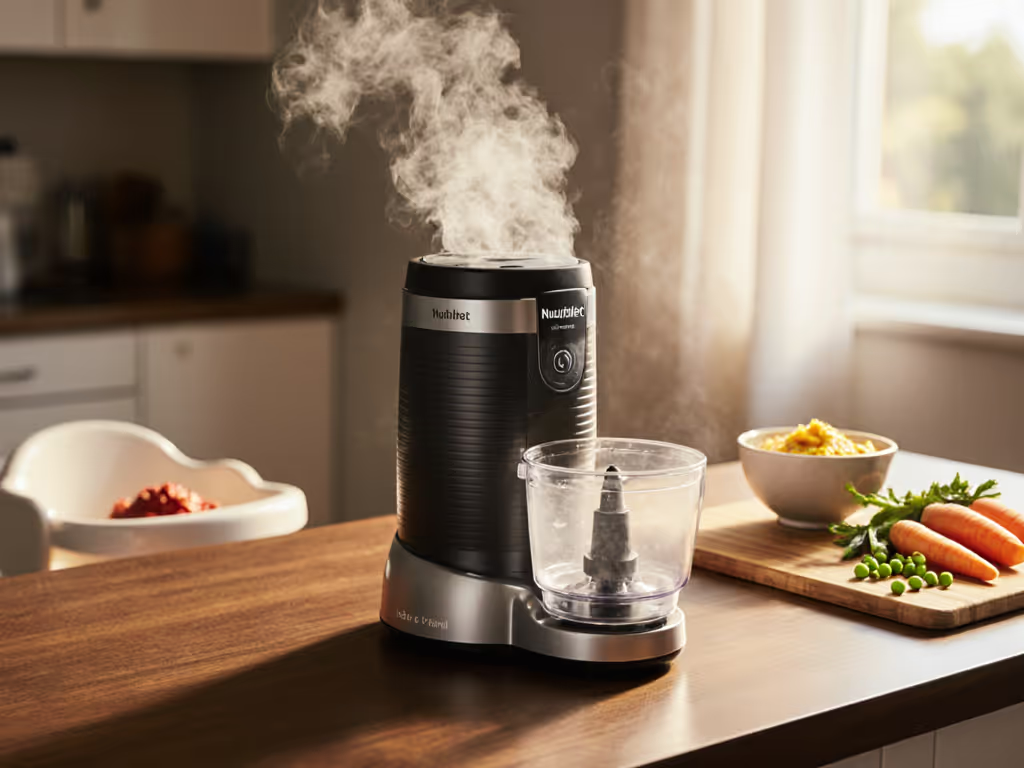
Nutribullet Baby Steam + Blend Review: Verified Quiet Test

Senior-Friendly Baby Food Makers: Quiet & Easy-Use Picks

Baby Food Maker Attachments: Smooth to Chunky Made Simple
